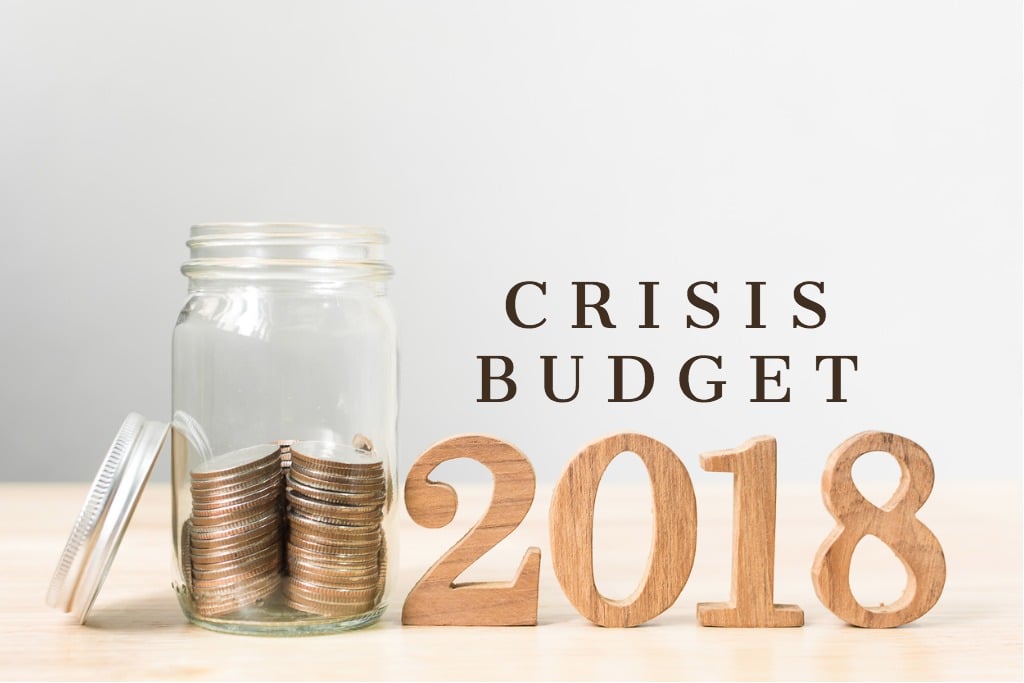Think You Need Crisis Communication “Hacks”? Think Again.

Sometimes it seems that everywhere you turn, someone is pushing “life hacks” for every aspect of technology. Such clever shortcuts can, in theory, help you do everything from boost your WiFi signal with a soda can to charge your smartphone with a nine-volt battery. But can the idea of these types of time-saving hacks be applied to crisis communication?
Crisis Communication “Hacks”?
A life hack is any shortcut that might save you time, money, or effort or help improve productivity. We’ve seen several organizations try to take this type of approach to crisis communication. A few examples are:
Ad-libbing crisis response.
Planning for a crisis takes time and effort, so some companies decide they will simply “wing it” during the next big incident. However, this leaves them scrambling to establish an overall position, draft statements, run content by legal, and more—all while a crisis is actively evolving.
This is a mistake that Nestle made several years ago when it become embroiled in a Facebook fight with its followers. It all started when the company requested that users refrain from adopting an altered version of the company’s logo as their profile photo; when people pushed back, Nestle posted a series of rants, antagonizing individual users and even making fun of some users’ posts. Clearly, the company hadn’t fully prepared for a crisis of this kind, and they were making up their response as they went along--with ugly, downright uncomfortable results.
Keeping quiet during a crisis.
By some organizations’ logic, avoiding further confrontation during a crisis (e.g., social media posts and interviews) is a surefire way to make it all go away. But keeping quiet can make a brand seem callous and uncaring and may help fuel online outrage.
This was the case with United Airlines earlier this year, after officials forcibly removing a passenger from an overbooked flight. The airline could have issued a proactive statement of apology to mitigate the damage done by viral videos of the incident. Instead, it stayed quiet, and then found itself playing catch-up to a story—and to plenty of outrage—that had already spread around the globe.
This problem isn’t unique to large corporations, though. Even small and mid-size companies have found that avoiding crisis communication can be disastrous, as this means you have even less control over the story.
Forgetting about training.
Finally, many companies feel they don’t need crisis communication training or planning at all, because they use an agency to manage things like social media and public relations. But it only takes one executive making a damaging statement to the media to make it clear that crisis training should be a priority throughout an organization.
Shortcut Shortcomings
While these types of hacks can make it seem like you’re saving time and resources, shortcuts will come back to haunt you eventually. In our era of 24-hour news cycles, internet news, and social media, it’s not enough to take half-measures with crisis communication. As we’ve seen in countless examples, when communicating during and after a crisis, there is too much at stake to take shortcuts.
A Better Approach
Instead of looking for communication shortcuts, organizations are much better served by incorporating tried-and-true methodology that actually works. The following best practices can be adopted to help establish an effective crisis program:
Plan for the next crisis.
In the last 10 years, the number of headline-making crises that occur in a given year has risen by more than 80 percent for corporations. And if you’re not prepared to respond, an incident can easily grow out of control, as United Airlines discovered.
This is why it’s so important to plan for the next crisis—now. You and your team need to be able to react quickly and confidently and get out ahead of the story before it makes the rounds on websites, social media, and 24-hour news channels. Establish a predefined crisis communication plan for each potential scenario, and draft statements when applicable. In addition, be sure to train your people—including executives, your crisis team, public relations, and anyone else who would be involved in crisis communication—to ensure you are all on the same page.
Acknowledge crises as soon as possible.
Don’t try to hide from an emerging crisis or bury a bit of bad news. Always remember that a single news article, Tweet, or video could be viewed by millions of people in a matter of hours. So, whenever you can, get out ahead of the news and acknowledge the company’s role or mistakes right away.
When possible, be the one who breaks the news of a data breach, product recall, or other problem. This gives you an opportunity to control the content and tone of the news by putting out accurate and timely information. Equifax did this in early September when it proactively announced that hackers had potentially compromised the personal data of 143 million U.S. consumers. It was terrible news to have to break, to be sure, but at least the company had the chance to release the information on its own terms.
Make it right.
A crisis is the time to be genuine, apologize, and set forth concrete steps that the company will take to right any wrongs. Learn a lesson from Wells Fargo, whose ongoing “fake accounts” scandal became even worse in August when the bank announced it had found up to 1.4 million more unauthorized user accounts. If the company better prioritized crisis communication and recognized the potential impact of this type of news, it could have taken steps to make it right following the initial incident.
Leverage technology.
Today, news moves at the speed of the internet, and you need to be able to keep up. With every passing year, more corporations are discovering that to be effective, modern crisis planning must involve technology. For many, this means incorporating a crisis management solution that allows your team to access crisis plans, draft statements, utilize instant two-way communication features, and more, right from the team members’ smartphones, to enable a faster, more streamlined crisis response.
In our age of digital technology, crises move faster than ever before. To ensure that your organization can effectively navigate its next crisis, follow a tried-and-true methodology for crisis communication rather than taking shortcuts by using “hacks.” As we’ve seen in countless corporate examples, crisis communication can make or break a company, so be sure you’re taking an approach that actually works.











